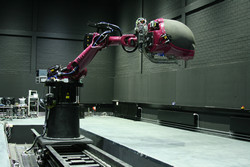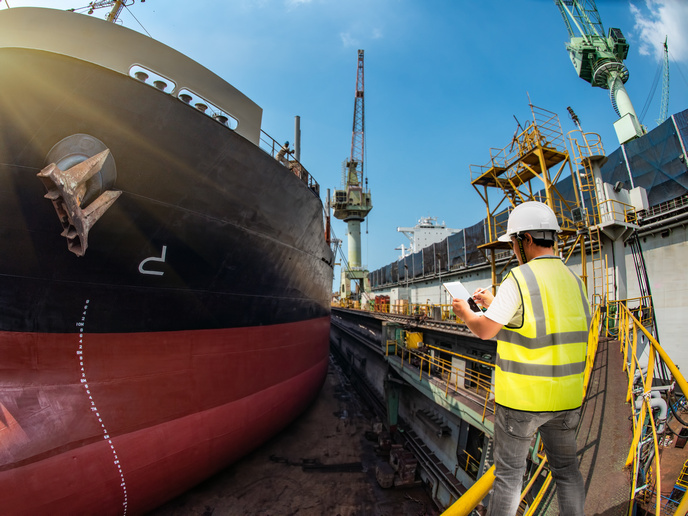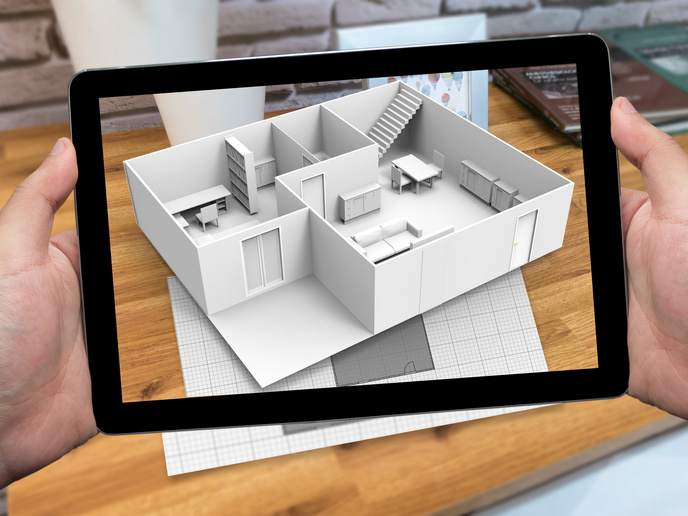Increasing passenger comfort thanks to virtual reality
The EU-funded VR-HYPERSPACE (The innovative use of virtual and mixed reality to increase human comfort by changing the perception of self and space) project set out to increase aircraft passengers' comfort in 2050 and beyond. To achieve this, project partners combined research in neuroscience, the psychology of perception, virtual reality (VR) and mixed reality (MR) to engender 'positive illusions' of comfort regardless of variation in aircraft cabin interiors. The team developed scenarios describing the passengers' experiences of comfort and their interactions with others and their general environment. A literature review considered self-embodiment in VR and human perception of space from different perspectives. This led to a vision of suitable aircraft cabin interiors for 2050 and beyond for several passenger scenarios. To assess how VR can improve comfort, scientists tested the concept during a long-haul flight with headsets used on smartphones. They studied whether including VR technology in the aircraft itself can enhance comfort. Mock-ups of aeroplane seating arrangements were designed featuring TV monitors on the floor and on seat backrests that project images onto the walls. The aircraft's shell and the seats in front can be switched to a 'see-through mode' that displays aerial views of stunning landscapes. Findings indicate that altering body awareness can boost perceived levels of comfort and spaciousness. Lastly, project members drew up a roadmap to support the competitiveness and sustainability of Europe's aerospace industry and to achieve a high level of comfort for passengers through emerging VR and MR technologies and advances in neuroscience and psychology. By exploiting state-of-the-art VR technology, VR-HYPERSPACE is poised to transform airline passenger comfort in the second half of the century.
Keywords
Passenger comfort, virtual reality, personal space, perception of self, mixed reality






